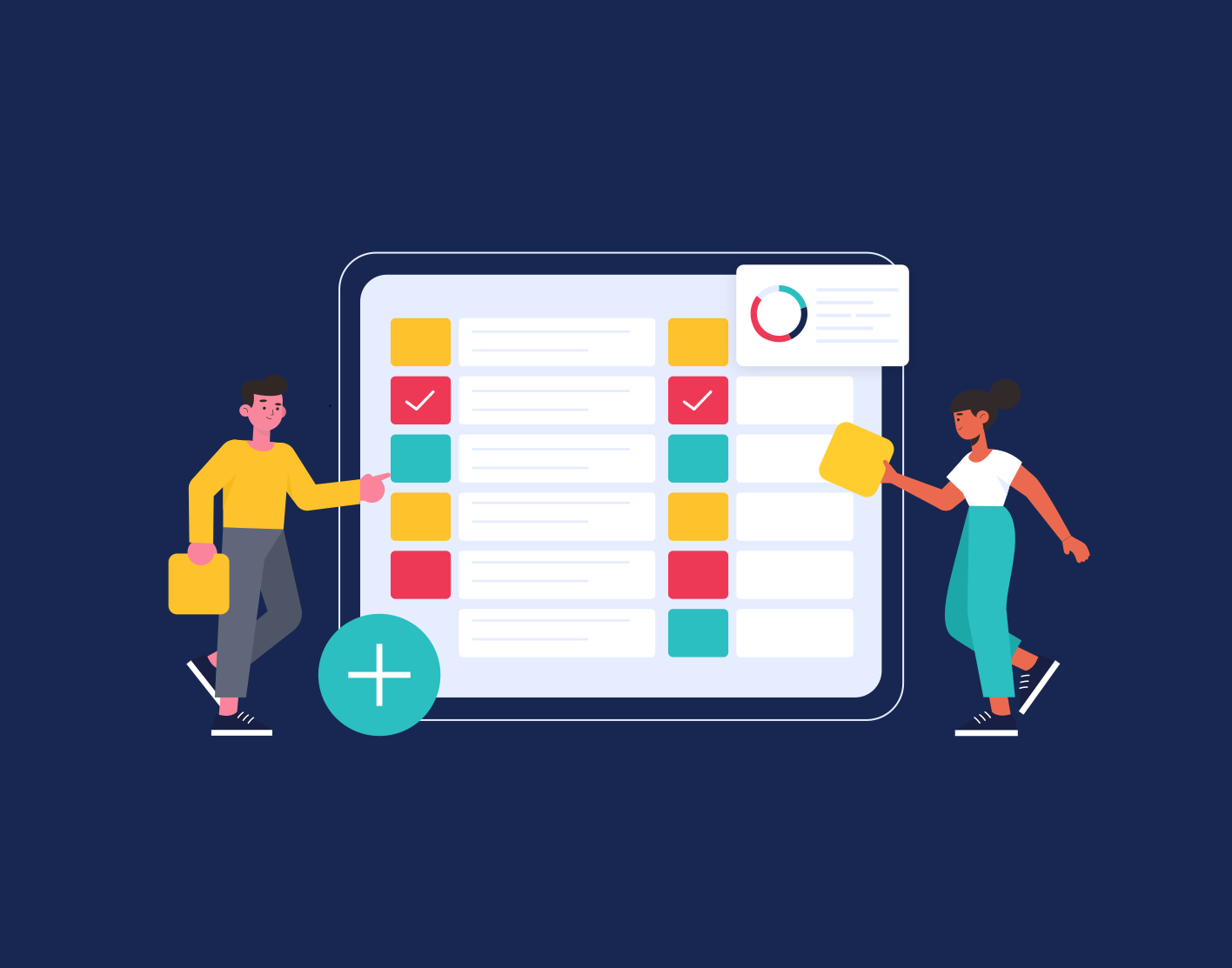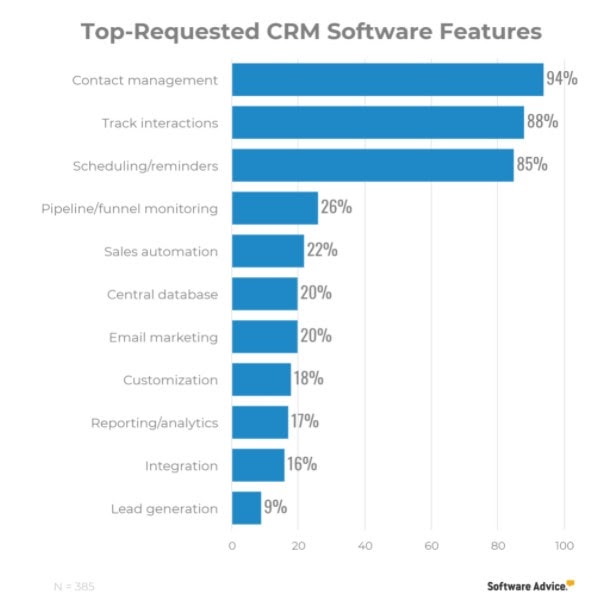How To Combine FSM, CRM, ERP Software For the Best Results
Most businesses have heard of CRMs by now. Customer relationship management software has become essential to the operational efficiency of most digital companies. Field service management (FMS) and enterprise resource planning (ERP) software remain mythical to most.

Yet, there’s no good reason why businesses shouldn’t be using field service management and enterprise resource planning software. As long as the company has a field service team, both of these tools can be integrated successfully. In fact, these two types can be considered to be must-have add-ons of CRMs that provide support for your sales and after-sales support (field service) teams.
What’s CRM?
Customer relationship management software is a tech solution that simplifies and enhances communication between businesses and their existing or potential clients. These solutions are intended to enhance the experience of both sides throughout the entire customer lifecycle.
While traditionally CRMs were intended for marketing, sales, and account management teams, some providers have started adding features for customer, service, and social media teams as well. As customer journeys can now involve multiple channels, CRMs help companies keep track of them across all platforms in order to provide a combined experience.
According to research, 64% of companies consider CRMs to be impactful or very impactful. Such a high regard for these solutions is unsurprising as they cover the daily processes that bring in the most revenue. Among all of the other benefits, improved sales cycles, better user experience, and productivity boosts are all the improvements CRMs are known for.
What’s FSM?
Field service management software is intended to help businesses create a real-time communication line between frontline workers and the back office. Both sides can receive communication and any data at any moment in time.
Additionally, most FSM software providers (e.g. Frontu) include features that grant users the ability to sign documents digitally, GPS tracking for route optimization, and various task management and assignment tools.
According to research, nearly all customers would enjoy dealing with companies that have advanced scheduling and management tools integrated. They would be even willing to pay a premium for it. Customers are also putting more emphasis on customer service provided by technicians – something greatly enhanced by FSM software.
What’s ERP?
Enterprise resource planning software is intended to optimize internal processes in a way CRMs and FSMs can’t. ERPs focus on administrative and financial management work. They can optimize accounting, supply, budget, and project management work.
Of course, some ERP providers will let you manage everything through them. Everything is on the table – all the way from marketing and social media management to accounting. ERPs, however, are best used to manage the tasks they’re specifically created to do.
According to research, ERPs, when implemented, are widely considered to be a success. Implementations themselves can be troublesome, but companies seem to be unanimous in their approval of such software.
How to get the best results with all three
All three and every similar tool can be drilled down to two basic concepts. They all provide (better) data and make managing existing information flows more efficient. As such, whenever any or all three are implemented, it should be looked at through the lens of data management and process efficiency.
Seeing how all three can net the best results becomes a lot easier with such a concept in mind. FSMs, CRMs, and ERPs are all intended to manage specific domains (or arms) of the business.
FSMs create an accurate picture of the work of frontline employees while, at the same time, improving data delivery between stakeholders. CRMs paint an image of the customer base and existing relationships. ERPs display physical and fiscal resources of the company.
As such, each software should be separated into its own domain according to what it does best. Data on the domain should be collected and analyzed. It is important, however, to create a warehouse for enrichment purposes as data from all three sources can be used to gain insights otherwise unavailable.
A great example of such insights would be the combination of data from FSM and CRM software. Both provide data about the services rendered by the business, however, they do so from different angles. FSM software gives insight about the business side of services while CRMs provide information on the relationship side of the business.
While both these sources are useful (or, at the very least, interesting), combining the two compounds the information provided. A more complete view of the way personnel interact with clients emerges. Optimizations through FSM’s lens can be seen impacting the data CRM’s gather and vice versa.
Additionally, user experience factors can also be extracted. They may seem secondary, but both employee and customer satisfaction are directly tied to company profitability. Employee well-being also greatly reduces the average turnover, which can put a real dent in industries where highly qualified workers are necessary.
Final thoughts
Data is the frontline of competitive advantage. Proper collection, usage, and analysis practices can lead to significantly greater gains through internal process optimization. FSM and CRM solutions improve data collection capabilities, which can be used to improve overall delivery quality.
Client satisfaction and service quality are among the most important factors influencing business health. FSM software shows ways to optimize and rearrange delivery, making sure that services are rendered more efficiently and more in line with customer needs. Direct ROI can be improved by maximizing route efficiency and first-time fix success rates.
On the other hand, CRMs give businesses the opportunity to better match long-term needs and possibilities of clients. Long-term customer satisfaction leads to better opportunities for upselling and business growth.
Combining the insights granted by each solution separately provides a more complete view of the cycle of service. Previously invisible areas such as the impact first-time fixes have on long-term customer relationships become apparent and can then be optimized.
As such, businesses have no reason to avoid the implementation of FSM, CRM, and ERP software. The small initial costs are quickly overturned by the insights provided by all three in combination.
